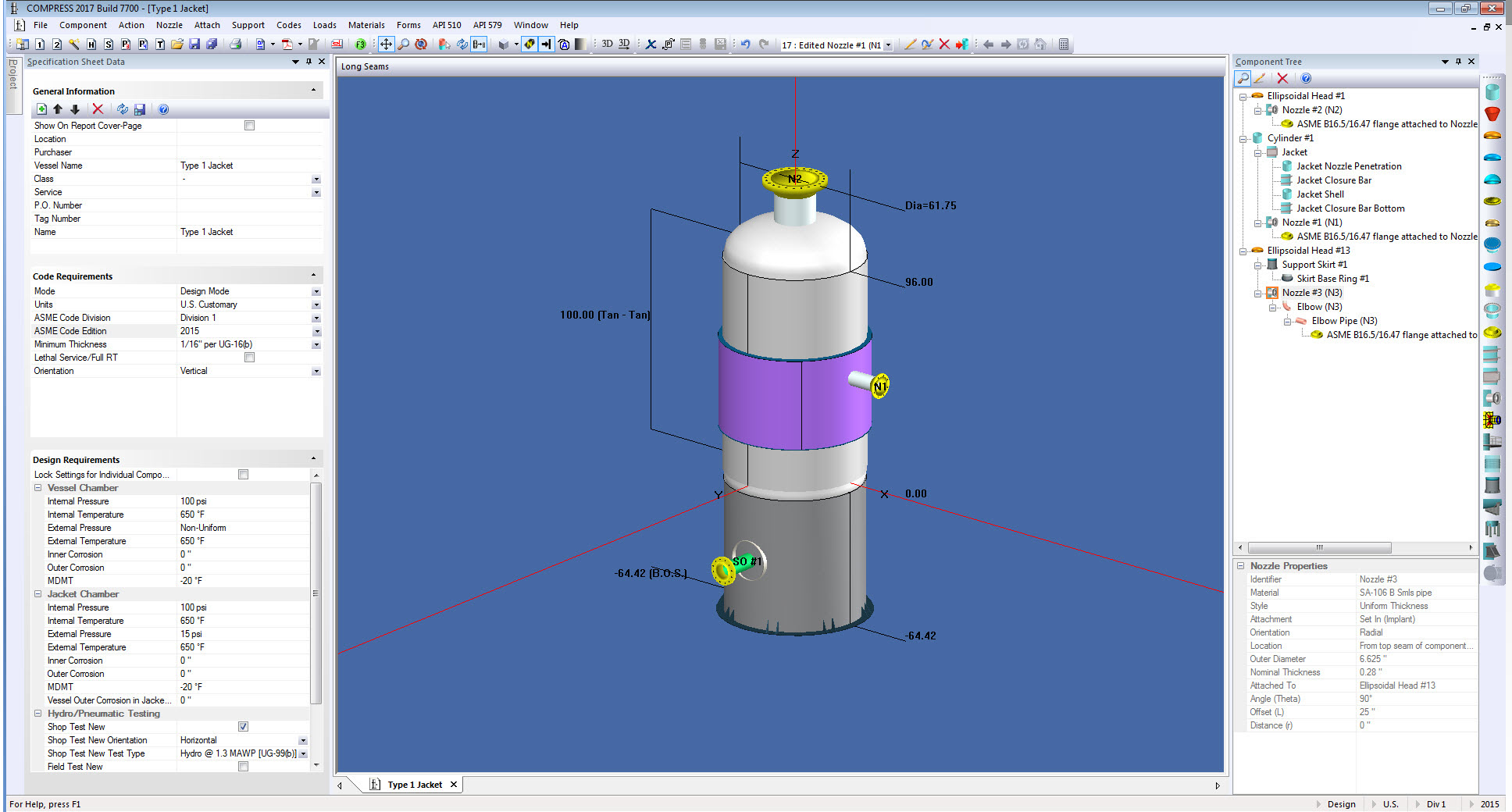
Codeware Compress Software Price
Codeware has announced new pricing for their TEMA and ASME Heat Exchanger software. Compress is priced at US$3500, and the Standalone version costs. ASME Code Pressure Vessel Design. ASME codes are used for pressurized equipment – vessels, piping and fittings – in North America and many other countries. PV Elite code calculation software and using SolidWorks for drawings. ASME Articles. Our most popular articles. The calculations are done in Compress, and the drawing is.
Codeware.com is tracked by us since August, 2014. Over the time it has been ranked as high as 794 699 in the world, while most of its traffic comes from USA, where it reached as high as 348 407 position. It was hosted by Codeware Inc. Codeware has a decent Google pagerank and bad results in terms of Yandex topical citation index. We found that Codeware.com is poorly ‘socialized’ in respect to any social network. According to Siteadvisor and Google safe browsing analytics, Codeware.com is quite a safe domain with no visitor reviews.
The answer is not 'either/or' COMPRESS or PVElite. Both may be correct, the differences being due to different inputs, different conditions being reported, etc. What you ask is not a trivial question with an easy answer.
Some of the most difficult questions I have answered are of the type 'I have two different COMPRESS vessel files and they give me two different results. There may be legitimate reasons for the purported differences depending upon the situation. In some cases two different builds of COMPRESS will provide different results.
Sedih gleb nedomerok 2. This may be due to a bug fix in the later build (it is good to get bugs fixed). Or it could even be due to a new bug in the newer build (fortunately, this happens less often). In some cases the difference between the same COMPRESS file run in two different builds may be the result of a minor change made elsewhere. An example comes to my mind: Some time ago there was a case where a vessel was adequately designed in one build of COMPRESS, but the anchor bolts were inadequate when run in a new build of COMPRESS. This was a relatively tall, skinny tower for which the vortex shedding analysis option had been applied.
In the older build of COMPRESS the critical wind speed was only fractionally greater than the design wind speed, less than one mph difference. But this was sufficient that COMPRESS did not perform calculations for the vortex shedding condition (no need to do so if the wind speed at which this would occur is greater than the design wind speed). In the newer build of COMPRESS, a slight change had been made to a weight calculation. This resulted in literally a few pounds difference in weight. This was sufficient to change the natural frequency of the vessel so that now the critical wind speed was fractionally less than the design wind speed. COMPRESS proceeded to perform calculations for the vortex shedding case, which resulted in the anchor bolts being increased in size. Which analysis was 'correct'?
(rhetorical question!) More frequently, users send files to us that they claim are the same but provide different results. More often than not, there is some difference in the inputs: design conditions, dimensions, corrosion allowance, etc, that accounts for the differences.
I have even seen totally different wind and seismic codes in the two 'identical' files; of course they will provide different results in this case. There are numerous settings and switches available in COMPRESS that will affect how the calculations are produced as well. Some of these will greatly affect how the calculations are performed. For example, several ASME Code Cases and Interpretations are available on the Codes menu.
Selecting these can make the difference between a design passing or failing. All these comments pertain to working with just one software application.